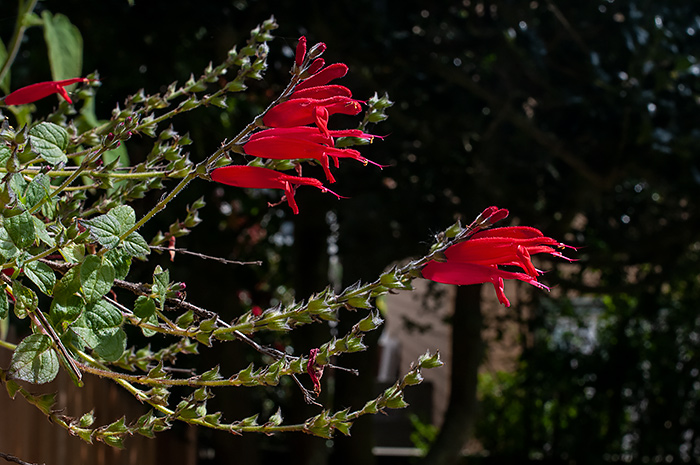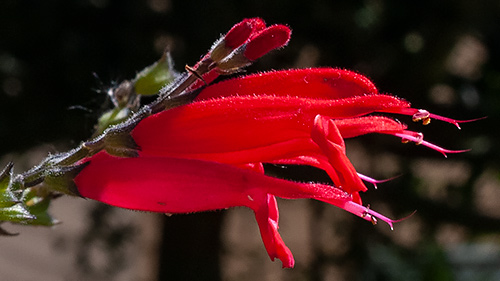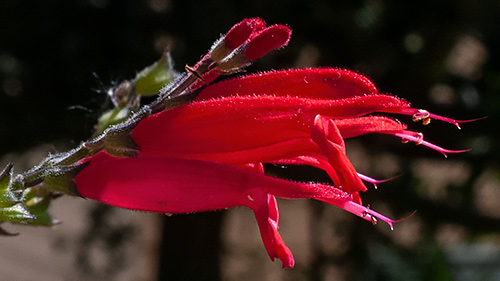Photo Corners headlinesarchivemikepasini.com
![]()
A S C R A P B O O K O F S O L U T I O N S F O R T H E P H O T O G R A P H E R
![]()
Enhancing the enjoyment of taking pictures with news that matters, features that entertain and images that delight. Published frequently.
Keeping Your Distance



30 March 2020
Sheltering in place isn't the only defense we're practicing these days. You do have to go to the market, after all. And you have to take a walk to get a little exercise.

Distance. Nikon D300 with 35mm f2.8 Nikkor at f16, 1/250 second and ISO 400. Processed with a neutral gradient map in Adobe Camera Raw.
The other defense we're practicing is keeping our distance from one another. As we pass each other in the street, we say hello and the one on the outside steps into the street to keep six feet between us.
It's just how we roll these days.
But, if anything, this distancing seems to have brought us closer together. We're not just more polite but more empathetic to our neighbor's situation. Some people are shopping for others more housebound, for example.
Reds are a problem for our old sensors and we routinely have to knock them down a bit to restore a bit of reality to them.
Crime seems to be down as well. And medical emergencies requiring an ambulance don't seem as frequent. We hardly hear a peep out of the fire department down the street.
And yet we know it's just a matter of time before the worst hits.
So the other day when the sun was shining, we popped our 1970s-era 35mm f2.8 Nikkor on our Nikon D300 and took some shots in the garden. Spring was in the air.
And hanging over the fence was a bright Broadleaf Firecracker. It's our neighbor's plant but it had found some sun in our yard. So we got the entire benefit of its bloom.
In an attempt to be a good neighbor, we took the shot and published it here.
But not without a little work. Reds are a problem for our old sensors and we routinely have to knock them down a bit to restore a bit of reality to them.
The way to do this is to mask the color and apply a grayscale version of the image to it. We explained one approach in a Memorial Day story a couple of years ago.
This time, we took a slightly different path because we had a few isolated areas to select. We selected a Color Range in Photoshop, which was no more difficult than clicking on the color we wanted to select.


Subtle Change. Our normal edits still suffer an oversaturated red, which we dampen only a bit with a gradient map.
We copied that selection to a new layer and brought up the Gradient Map, applying a grayscale to it. We could adjust the distribution of tones sin the gradient map but we decided to simply throttle back the layer's fill.
That gave some volume to the burned out reds in this image while still letting them pop like firecrackers.
So, you know, you want to keep your distance.